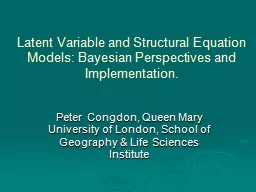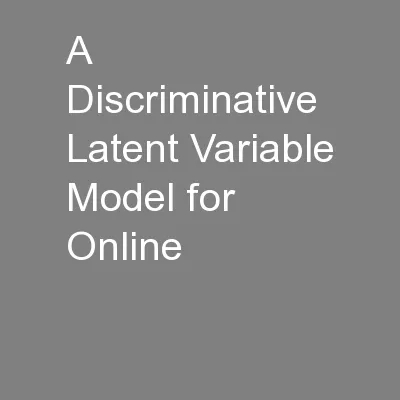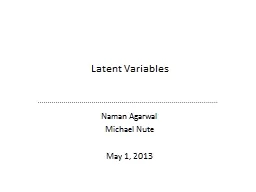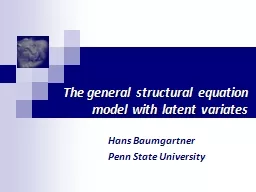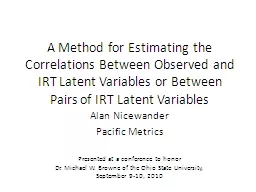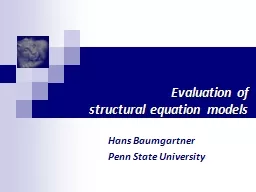PPT-Latent Variable and Structural Equation Models: Bayesian Perspectives and Implementation.
Author : kittie-lecroy | Published Date : 2020-04-05
Peter Congdon Queen Mary University of London School of Geography amp Life Sciences Institute Outline Background Bayesian approaches advantagescautions Bayesian
Presentation Embed Code
Download Presentation
Download Presentation The PPT/PDF document " Latent Variable and Structural Equation..." is the property of its rightful owner. Permission is granted to download and print the materials on this website for personal, non-commercial use only, and to display it on your personal computer provided you do not modify the materials and that you retain all copyright notices contained in the materials. By downloading content from our website, you accept the terms of this agreement.
Latent Variable and Structural Equation Models: Bayesian Perspectives and Implementation.: Transcript
Download Rules Of Document
" Latent Variable and Structural Equation Models: Bayesian Perspectives and Implementation."The content belongs to its owner. You may download and print it for personal use, without modification, and keep all copyright notices. By downloading, you agree to these terms.
Related Documents

